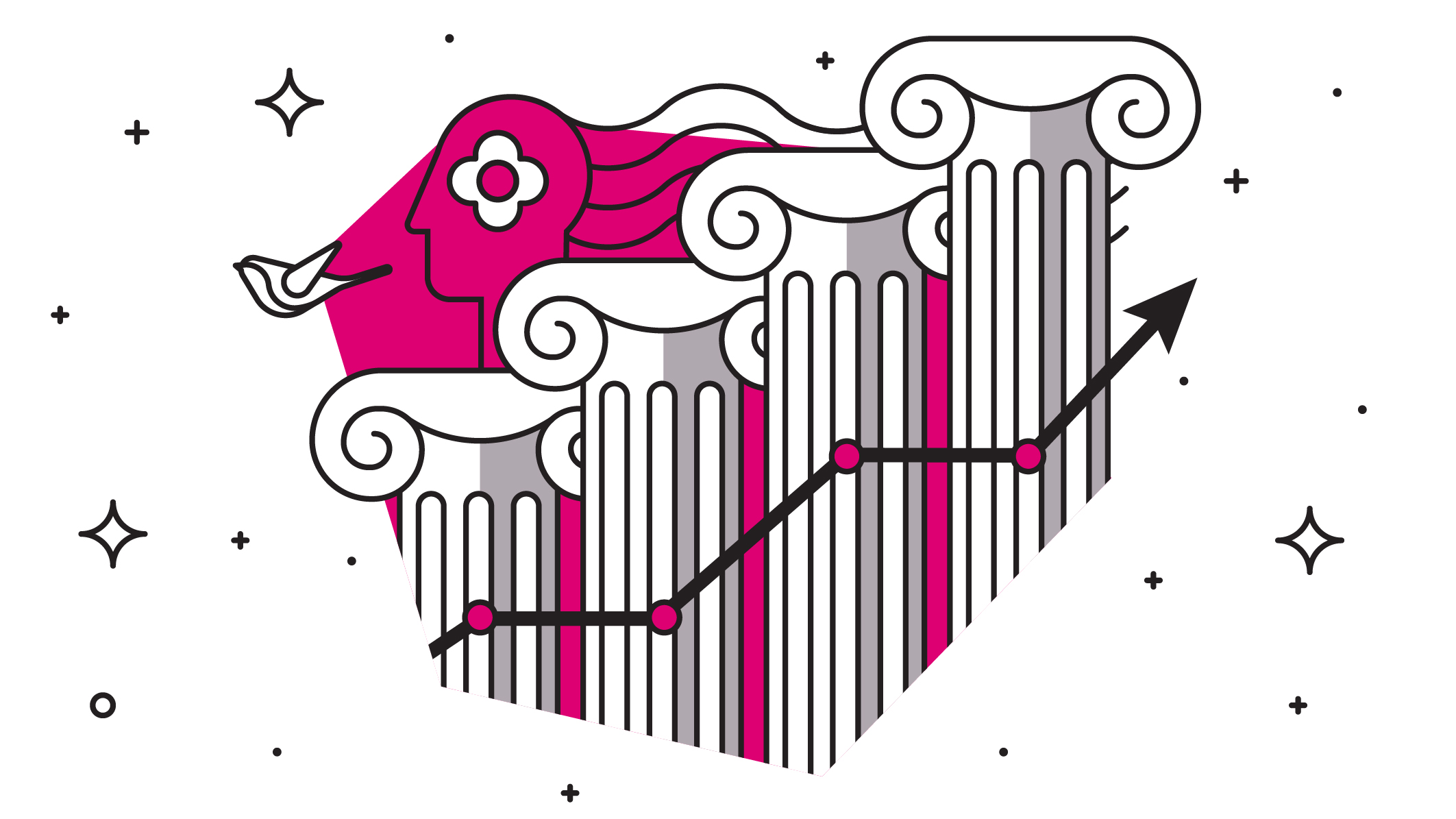- The Proposal Writing Course
- The Cultural Strategy Course
-
The Advocacy Сourse
-
Lecture 1. What is advocacy and how can it help?
-
Lecture 2. Issue analysis and identification
-
Lecture 3. Mapping the external environment
-
Lecture 4. Lobbying, influencing and getting your voice heard
-
Lecture 5. Advocacy campaign evaluation
-
Fact sheet on advocacy and lobbying
-
Advocacy Capacity Assessment
-
Case Study
-
Additional Reading Resources
-
Test and certificate
-
- The Finance and Project Budget Course
- The Donor Fundraising Strategy Course
- The Media Pitching Course
- The Strategic Planning Course
-
The Marketing Course
-
Lecture 1. What is ‘Marketing’?
-
Lecture 2. Marketing Strategy
-
Lecture 3. Listening to Customers
-
Lecture 4. Customer Benefits
-
Lecture 5. The 3Ms of Marketing
-
Fact Sheet. 20 Key Facts relating to Marketing
-
Checklist to ensure efficient marketing strategy
-
Case Study. The 3Ms of Marketing.
-
Test and certificate
-
- The Course on Creating Value in Creative Economy
- The Cultural Relations and Cultural Diplomacy Introduction Course
- The Creative Europe Course
-
The Crossovers & Fundraising Course
-
Lecture 1. Entrepreneurship and Innovation: Vectors for Successful Fundraising
-
Lecture 2. Business Models and External Financing for Creative Startups
-
Lecture 3. Crossovers: A Catalyst for Effective Business Planning
-
Links to online resources and resources for further reading
-
Fact sheet
-
Case studies
-
Test and certificate
-
-
An Introduction to Cultural Journalism Online Course
-
Lecture 1: What Is Cultural Journalism? (An Introduction to Cultural Journalism. Online course by Dr Maya Jaggi)
-
Lecture 2: What is Criticism? (An Introduction to Cultural Journalism. Online course by Dr Maya Jaggi)
-
Lecture 3: How to Interview Cultural Figures (An Introduction to Cultural Journalism. Online course by Dr Maya Jaggi)
-
Lecture 4: Conclusion - Building an Audience for Culture (An Introduction to Cultural Journalism. Online course by Dr Maya Jaggi)
-
FURTHER READING
-
Test and certificate
-
- Investor Pitching Course for Creative Businesses
- The Digital Communication Course
- Project Management in Culture Course
- The Culture & Creativity Course
-
The Communication Course
-
Lecture 1. The Basic Principles of Strategic Communication
-
Lecture 2. The Stages of Strategic Communication
-
Lecture 3. The Basic Principles of Strategic Communication
-
Lecture 4. The Basic Elements of Strategic Communication: Audience, Messages, Channels, Speakers and Time
-
Lecture 5. Media communications: tips for success
-
Additional resources
-
Test and certificate
-

The creative spirit of Los Angeles has a vast spectrum of manifestation, from the creation of the art spaces of Boyle Heights to the scientific work of NASA’s Jet Propulsion Laboratory. Together they are the main economic assets of the region that determine its future development.
The notion of “creative economy” is defined as the totality of individuals and businesses that produce the cultural, artistic and innovative products and services. This system also includes space where creators can freely present their works, receive feedback and exchange ideas.
The main feature of creative economy is people’s use of creative imagination for increasing the value of an idea. John Howkins came up with the concept of creative economy in 2001 to describe economic systems in which value depends on originality and creativity and not on traditional resources like land, labour and capital. In contrast to creative industries that are limited by specific sectors, the term “creative economy” describes the creativity of the economy as a whole.

Strictly speaking, it is new ideas and not money or technologies that are a source of success today and, most importantly, of personal satisfaction. A creative economy gives new life to production, services, commerce and entertainment. It changes the environment in which people wish to live, work and study as well as where they think, invent and create.
Creative economy is a fast growing sector of the world economy. It is dynamic in generating income, creating employment and developing export, as it is less tied to material resources. The economist and art theorist Pierre Luigi Sacco also underscores that creative economy best reflects the local characteristics and preserves identity in the globalization era. He names Ile-de-France in Paris, Inner London and Milan as examples of places that are most actively developing creative economy.
